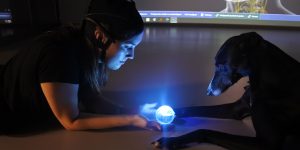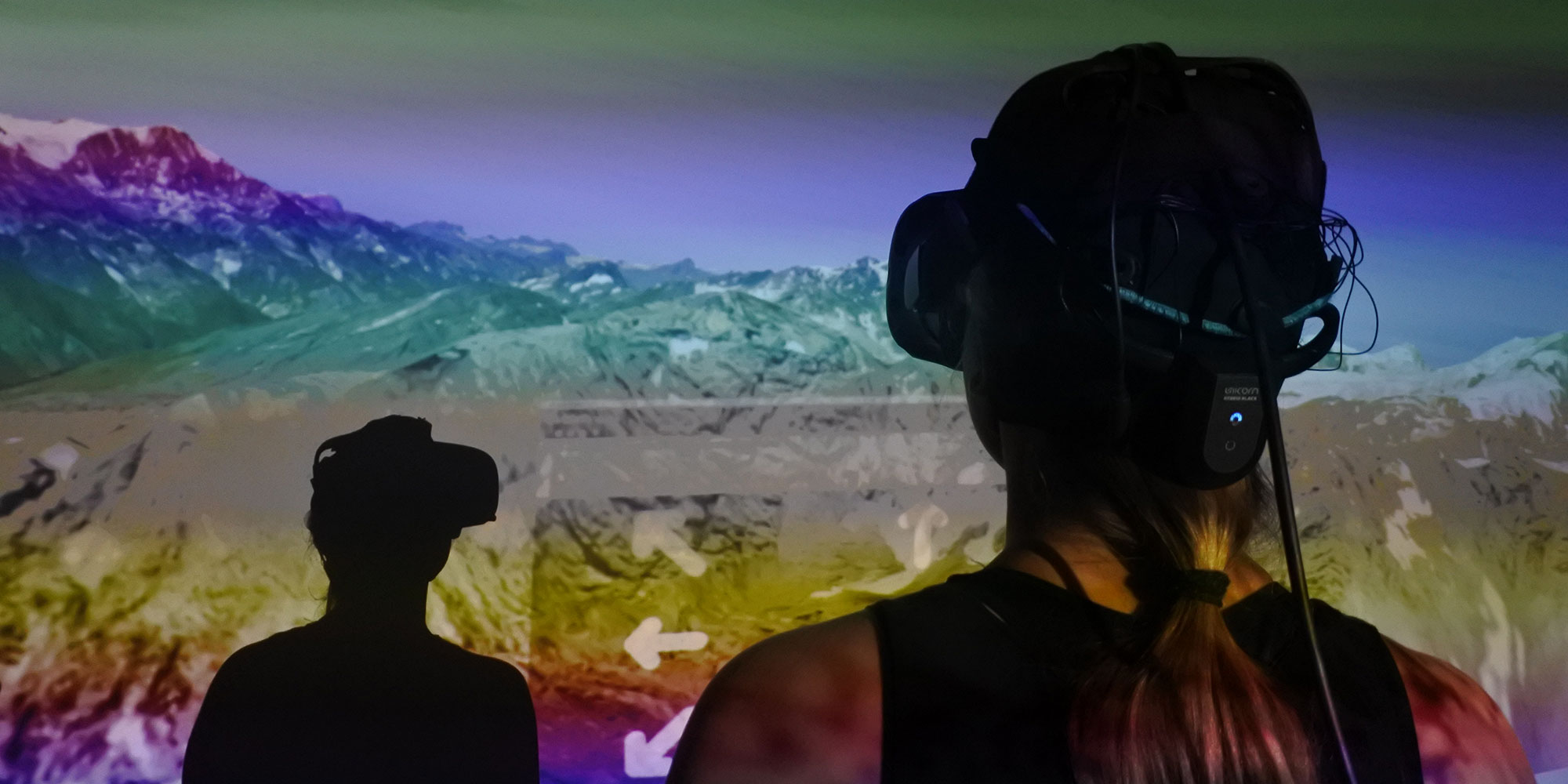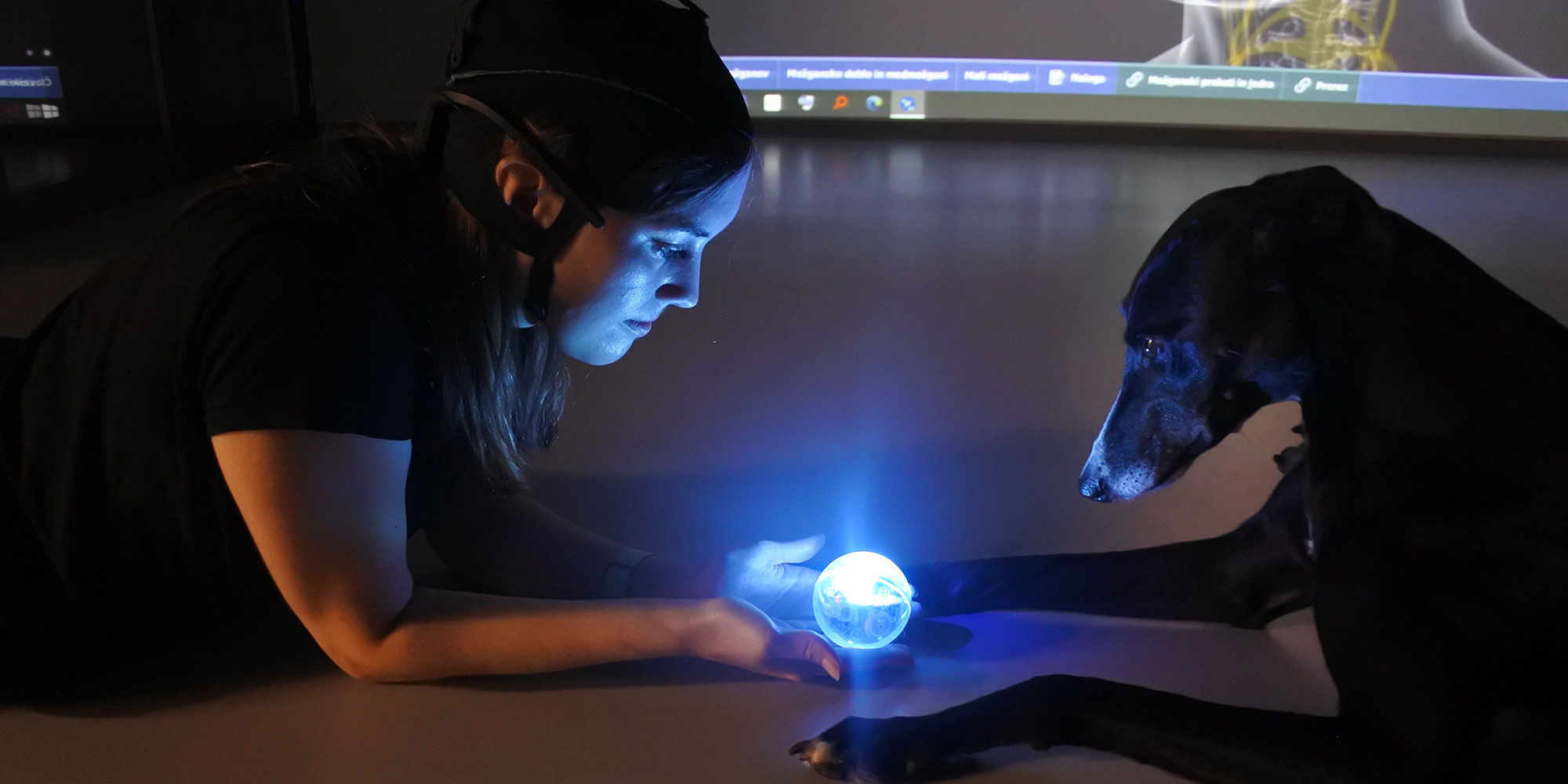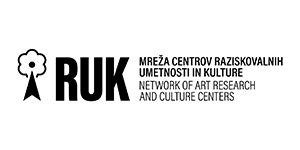In the Slovenian Elevator Garden, you will experience Vertigo Bird 2020 -climb onto the highest chimney in Europe- and enjoy a virtual visit to DDTlab to exprience their daily research and development of projects such as NeuroFly, which will have you flying an airplane using brain waves, and manipulating the movements of robots with thoughts.
The Slovenian Elevator
The desire to transcend ourselves, to grow, to improve are basic human characteristic. Art, technology and science are ways to achieve that: to reach for the stars.
Trbovlje, an ex-miner postindustrial town is striving to transcend its past and grow into the future. At 360 meters, the chimney of its power plant is the highest chimney in Europe and the tallest building in Slovenia. As such, it is the ultimate symbol of the industrial era. Its top symbolizes our future, which we will designed. When you reach the top, you have reached the end of industrial era, and the next step is…
Climb onto the highest point of our past to see the future. It can be terrifying. It will be exciting. We choose for it to be humane.
One of our main platforms for creating a new identity of our town of Trbovlje is DDTlab, a research laboratory for art, science and new technologies. We do so under the premise of Humanization of Technology. DDTlab is part of RUK, a network of art and cultural research centers. The RUK network consists of three locally/regionally/nationally/internationally located platforms: DDT, PiNA, and KIBLA. Partnerships include scientific organizations and institutions, companies, universities and other educational institutions.
In our garden, you will experience the Vertigo Bird 2020 –where you will climb onto the highest chimney in Europe- and NeuroFly project, where you will be flying an airplane using only brain waves and manipulating the movements of robots with your thoughts.
Preview Video
Timetable
Program
Project Credits / Acknowledgements
Republic of Slovenia Ministry of Culture, European Regional Development Fund, Delavski dom Trbovlje, Trbovlje New Media Setting, AFormX, Yaskawa, Dewesoft, Arctur, AFormX, Katapult, Creative Nomads, En-Knap, HSE, STPŠ, GNS
Biography
RUK is a network of art and research centers at the intersection of contemporary technologies, science, and the economy. In this interdisciplinary hub, innovative products and services for the soft and humane technology of the future are being developed. The project is co-financed by the Republic of Slovenia and the European Union, from the European Regional Development Fund.
RUK’s goal is the integration of art and culture into scientific and technological research, development and innovation, digitalization, entrepreneurship, training, and education, with an emphasis on the humanities and social sciences, ecology, circular economy, and sustainable development. It is a part of decentralized Slovenia and contributes to equal regional development by supporting the three fundamental pillars of the S4 development strategy: digital development, the circular economy, and Industry 4.0.
RUK laboratories provide appropriate technological equipment for the design and implementation of creative solutions, as well as training and transfer of innovative thinking for companies. This includes the concepts of artistic creation and design to humanize services and products, and open space for the integration of these solutions to promote sustainability, use circular economy models and social innovation. Along with the transfer of innovative applications to market, the goal is to strengthen innovative small and medium-sized enterprises by maximizing the coverage of young people’s knowledge and potential.
Creative laboratories are the generators of future knowledge, as they build a base of required knowledge and competencies for the professions of the future. They create the necessary conditions to meet new needs that will arise in the economy in coming years, by introducing new technologies and anticipating the types of employment that will be created as a result of digital transformation and new technologies. Creative laboratories are a hub of innovative responses to the challenges of modern times.








